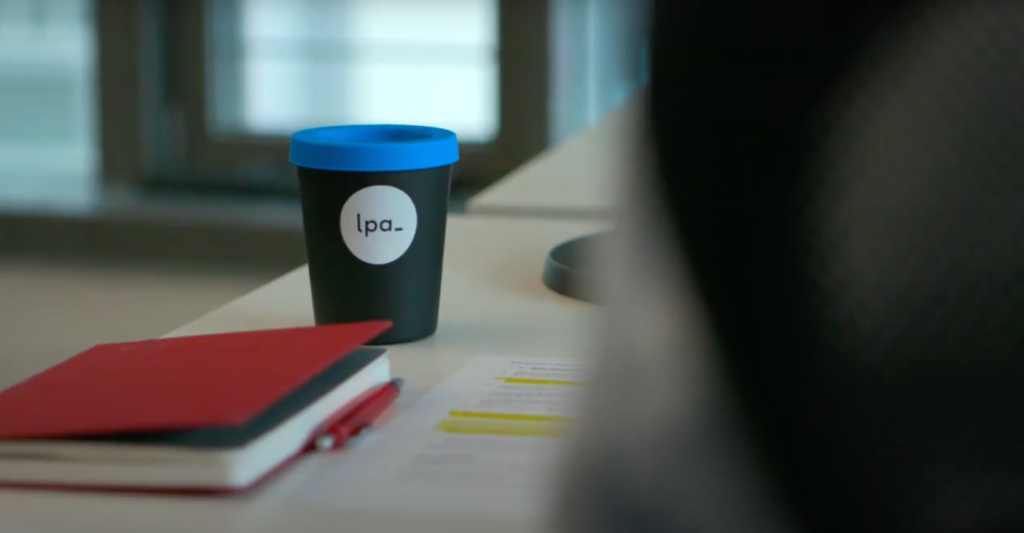
Regulatory
PRIIPs RTS v2: Concerns About Misleading Performance Scenarios
Written by Ayal Leibowitz
Feb 28, 2022
PRIIPs suffers lots of criticism around its methodology for Performance Scenarios. Both manufacturers and consumers claim the results are often too optimistic, since they are based on the last 5-year performances and these were positive. In an effort to solve these issues, the ESAs introduce in PRIIPs RTS v2 a new methodology for the calculation of the Favourable, Moderate and Unfavourable scenarios for most funds. Or more precisely, it applies to linear products, called Category 2 in PRIIPs terminology. The new methodology follows a back-testing approach over at least 10 years and the unfavourable scenario is based on the worst scenario found.
Why should the new methodology lead to more balanced results?
The longer period (10 years vs. RTS v1’s 5 years) is expected to “catch” additional samples, with a higher probability of some negative scenarios. In addition, while the unfavourable scenario in RTS v1 is based on the 10th percentile, in RTS v2 it is based on the worst scenario. Again, a higher probability for a negative result. Moreover, the methodology for the unfavourable scenario embeds a mechanism to catch further negative performances: the back-testing should take into consideration not only full holding periods, but also shorter periods during recent years (and extend them using “linear transformation” to the required holding period, that’s another topic for a different article). This technique further increases the chances to find negative unfavourable scenarios.
Does the new methodology help?
In many cases, it does. Unfavourable scenario will show negative results, illustrating the possibility of loss to the investors. However, still, under current market development over the last 10 years, there are many cases the new methodology will not help. And now, there is another concern: in many cases the new technique for the unfavourable scenario shows unrealistically over-pessimistic results. Let’s see some examples.
Misleading positive unfavourable scenario for “mainstream” equity funds
For a recommended holding period of 5 years (market practice for equities), many equity funds will show a positive return in the unfavourable scenario. Why? Since those funds (1) did not experience a loss in case of 5-year holding over the past 10 years, and (2) they did have negative returns for a minimum holding period of one year over the past 5 years to date. Note that one year is the minimum period in the technique of applying “linear transformation” on shorter periods, again, due to reading constraints that’s a topic for another article. For example, we calculated the unfavourable scenario for Invesco S&P 500 UCITS ETF (calculation date: 27.01.2022). For an investment of USD 10,000 it shows a value of USD 13,343 after 5 years. This translates to a positive annualized return of 5.94% in the unfavourable scenario (!), and we are talking of a fund tracking a popular, mainstream equity index. By the way, you might say no worries, RTS v2 allows us to choose lower percentiles from the calculated scenarios, if we believe the results are too optimistic. Well, you are wrong. This possibility exists only for the non-linear products (Category 1 & 3 in PRIIPs terminology) with the unfavourable scenario based on the 10th percentile. In the case of the back-testing methodology, the unfavourable scenario is based on the worst outcome. Sorry, there is no lower scenario.
Misleading too negative unfavourable scenarios
On the other hand, for funds that experienced a negative performance over the last year, the methodology assumes this negative performance will repeat, again and again. This is not happening in equity markets. Usually, after a period of one to two years, there is a recovery (and in many cases even before). As an example, we chose fund Xtrackers MSCI China UCITS ETF (calculation date: 27.01.2022) and calculated its unfavourable scenario. Since this fund experienced a loss of -33% over the last year, this translates into a compounding loss of -86.42% over 5 years. This never happened! Actually, the results lead to a lower return than the stress scenario that still follows the Cornish Fisher expansion-based methodology. In this case, according to RTS v2, the stress scenario needs to be adjusted: it should be capped at the unfavourable scenario level. This phenomenon happens with any fund experiencing a significant loss over the last year.
Conclusion
We know, finding a methodology that always works is difficult if not impossible. The new methodology for performance scenarios of funds has higher chances to eliminate overly optimistic results. However, as illustrated above, too-good results will still occur, while exaggerated pessimism in the unfavourable scenarios will become a common phenomenon.
Author

Ayal Leibowitz
Head of Regulation, Israel
Related News
Written by Sandro Schmid
Discover the Art of Generative AI
8 Mar, 2024
Written by Sophia Pfannes
Solving the Paradox Between AI Aspirations and Persistent Paper Requirements in Financial Documentation
21 Dec, 2023
Written by Sahak Artazyan
Navigating the Future of the Structured Products Market
21 Dec, 2023
Written by Gonzalo Plana
At the forefront of RegTech: a chat with Navin Sangtani, LPA’s Client Delivery expert
21 Dec, 2023
Written by Charles Kim-Régnier
Comparing Structured Products in Europe and Asia
21 Dec, 2023
Written by Julie Bradini
A Beginner’s Guide to Crypto and Blockchain in Structured Products
21 Dec, 2023